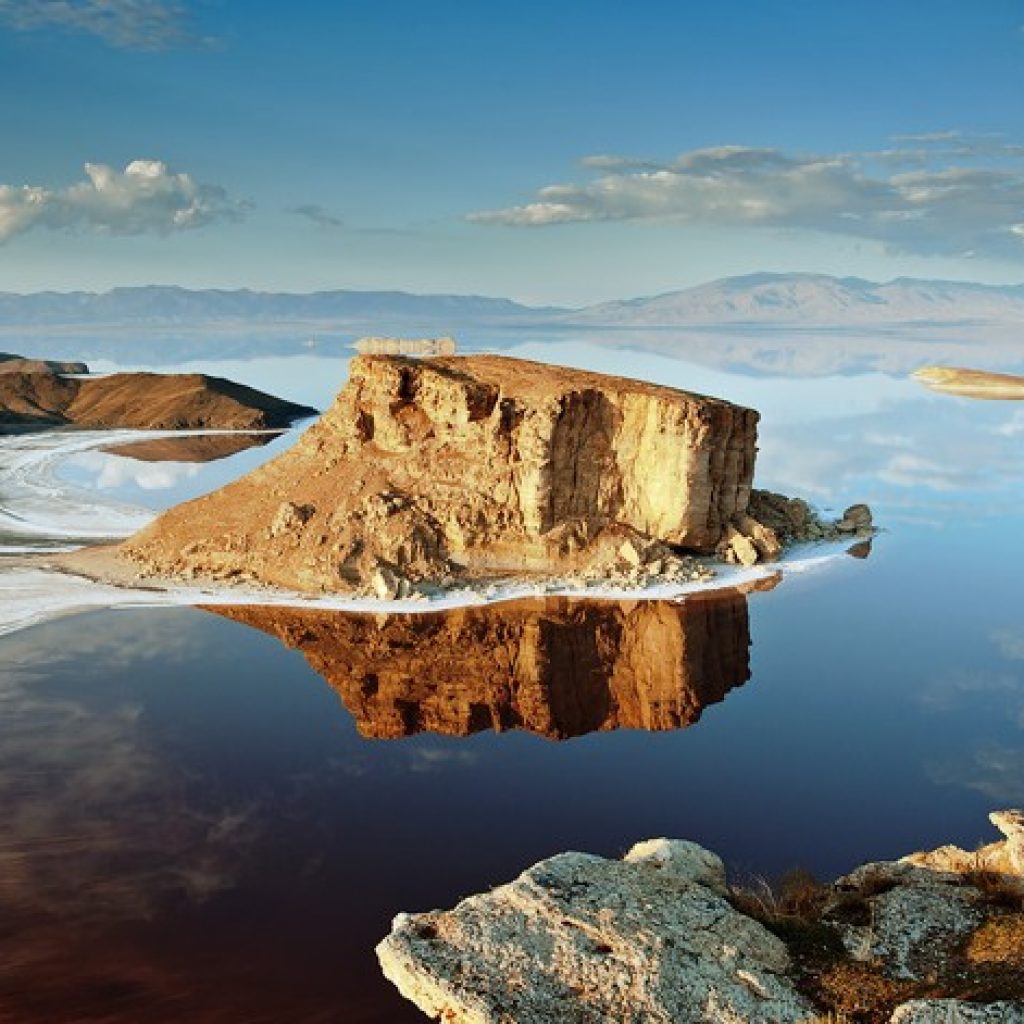The unreasonable insistence on self-sufficiency in all agricultural products hampers efforts to revive Iran's shrinking Urmia Lake, an Iranian lawmaker said.
"There have been delays in implementing the measures necessary to save the lake," Hadi Bahadori also said in an interview with ILNA published on Sunday.
"Unfortunately, rainfall in the province has dropped by 40% this year, and it is natural that if there is no rainfall, no water will flow into rivers to enter the lake," added Bahadori, who represents Urmia, the capital of West Azarbaijan Province, in the parliament. "However, we could take measures to make up for the inflow despite the lack of rainfall," he said.
Water-Intensive Crops
Bahadori believes that planting crops that do not require much water is one of the water-saving techniques that has long been ignored.
"The cultivation pattern should be compatible with the environment. But at present, the pattern is incompatible and water-intensive crops are being cultivated in the catchment area of Urmia Lake," he said.
"Some of the water-hogging crops planted near the lake are apples and sugarbeet. Apple trees have been planted over 93 hectares in the catchment area."
Bahadori suggests crops that need less water such as pistachios, hazelnuts, almonds and grapes should be cultivated instead.
Self-Sufficiency
The lawmaker called on the Agriculture Ministry to adopt a more balanced approach to self-sufficiency and stop insisting on the cultivation of water-intensive crops, including apples.
"We are now exporting products such as apples that require a great deal of water. When we export apples, it means we are exporting water because 600 liters of water are consumed to grow one kilogram of apples," he said. "We can easily import apples and use water for less water-intensive and more expensive crops."
Bahadori, however, conceded that becoming self-sufficient in staple foods such as wheat is justifiable.
Dam Construction
Bahadori also criticized the performance of the Department of Environment, stressing that dam construction is one of the main reasons behind the drying up of Urmia Lake.
"The water level of Urmia Lake has dropped by 24 centimeters compared with the corresponding period of last year. The surface area of the lake and the volume of water in Urmia Lake have declined by 311.2 square kilometers and 0.5 billion cubic meters respectively," he said.
Located between the provinces of East and West Azarbaijan, Urmia Lake has been facing serious drought for years. Its depletion is due to climate change, the long dry spell, unrestrained damming and excessive water use, especially in the agriculture sector.
One of the largest hyper-saline lakes in the world, Urmia Lake is marked by more than 100 small rocky islands that are stopover points on the migration route of various waterfowls, including flamingos, pelicans, spoonbills, ibises, storks, avocets, stilts and gulls.


